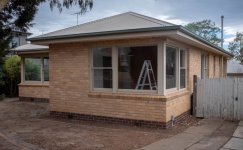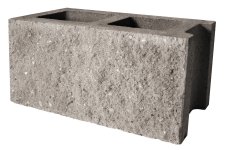Stephen B
Member
- Joined
- May 6, 2013
- Messages
- 2,749
Recently I found myself driving past the family home that my father built and in which I spent most of my childhood and all my teenage years.
My father was a carpenter and built the house in 1956/7. It is a typical Australian brick veneer house for its time. Architecturally it is disappointing to find similar designs still being built today in suburban Australia.
That this house has survived when many in the street have not, and indeed appears to be under renovation, is not only testament to the skills of my father, but also green hardwood timber framing and solid foundations. I remember my father left the frame to weather for a year whilst we lived in the garage, so there was never a crack in the walls inside and out in the 17 years I lived there.
[attachimg=1]
My father was a carpenter and built the house in 1956/7. It is a typical Australian brick veneer house for its time. Architecturally it is disappointing to find similar designs still being built today in suburban Australia.
That this house has survived when many in the street have not, and indeed appears to be under renovation, is not only testament to the skills of my father, but also green hardwood timber framing and solid foundations. I remember my father left the frame to weather for a year whilst we lived in the garage, so there was never a crack in the walls inside and out in the 17 years I lived there.
[attachimg=1]


